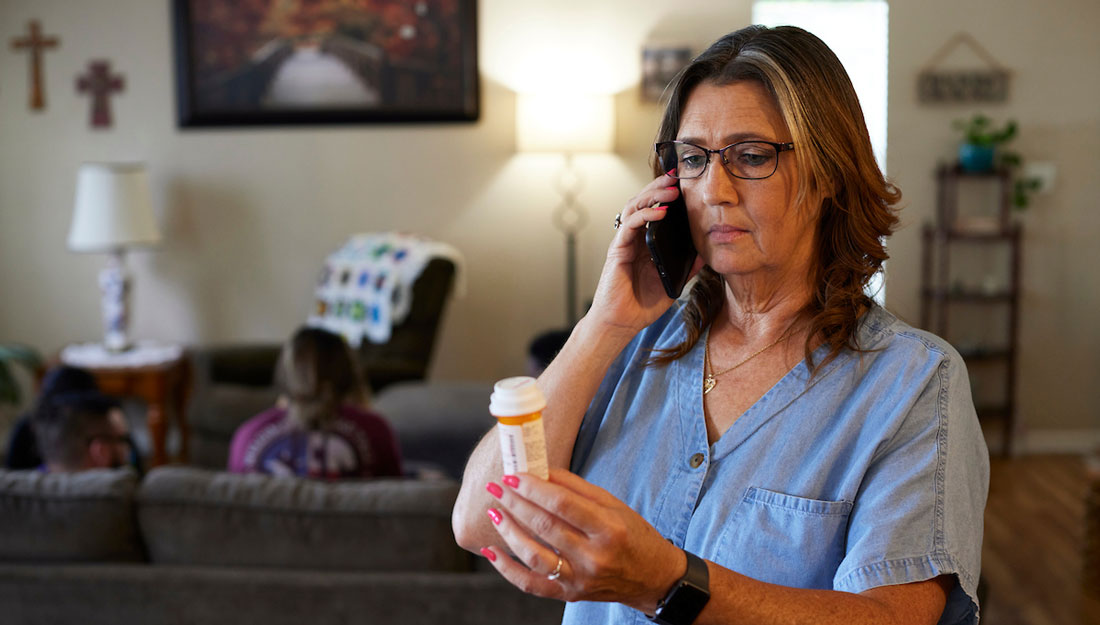- Dominic Hernandez
- Community, Healthy Living, Public Health, Show on VR homepage, Trending
You asked: How much sodium is too much?
Take it with a grain of salt, but you’re probably eating too much sodium

Pop quiz. If you were making a conscious effort to watch your sodium, and you’re stuck grabbing lunch at a fast food restaurant, which should you order: large fries or the spicy chicken Caesar salad? The answer may surprise you. At some burger joints, large fries have less sodium than a half order of salad.
Just like fats and calories, sodium can also have a lasting impact on health. That’s why it’s important to know what you’re eating and how much—and to cut back if necessary. An expert from the Texas A&M School of Public Health offers the best ways to manage your sodium intake and help you identify if you’re part of the population that needs to pay extra special attention.
Sodium or salt?
The first thing to know is that many people use the terms sodium and salt interchangeably, but they are not the same thing. Sodium is an essential mineral in your body that helps maintain body fluid. Sodium becomes a problem when we consume more than we need—more on that later.
Table salt is a compound made up both sodium and chloride—which is why it’s called sodium chloride, or NaCl for all the chemists in the crowd—and is actually 60 percent chloride to only 40 percent sodium. However, this is not an excuse to load up on table salt, because the dietary recommendation for sodium is 2300 mg per day, which is the equivalent of 1 teaspoon of table salt.
Sodium and your health
Sodium’s main purpose in the body is to maintain stable blood pressure levels and the balance of water around the cells.
“Excess sodium can cause people to retain fluids and increase blood volume,” said Meghan Anderson, MS, RD, LD, CDE, registered dietitian at the Texas A&M Center for Population Health and Aging. “This makes the heart work harder and can lead to high blood pressure, also known as hypertension, and heart disease.”
Certain demographics are especially sensitive to sodium’s adverse effects and should limit their intake to 1500 mg per day—even less than the standard recommended limit. Those most prone to salt sensitivity are the elderly, African-Americans and people with hypertension, type 2 diabetes or chronic kidney disease.
High blood pressure is one of the major risk factors for heart disease, which is the number one cause of death worldwide, and is the leading risk factor for women’s deaths in the United States.
“Even if you don’t have high blood pressure or are at a lower risk for heart disease, eating less sodium can help minimize your risk of heart disease, stroke and kidney disease,” Anderson said. “The extra water in your body can also lead to bloating and weight gain and can be a problem for people with congestive heart failure.”
Limiting your sodium
When people start tracking their sodium intake, they usually realize that they exceed the daily-recommended limit. In fact, the average sodium intake is about 3400 mg for most Americans.
“Our body is often forgiving of our day-to-day sodium intake,” Anderson said. “But we should still aim to limit our sodium intake and stay hydrated throughout the day.”
Because sodium attracts water and helps your body retain it, it might seem counterproductive to want to increase the amount of water you drink after a high-sodium meal, but that is actually the best plan. Extra water may help flush some of the sodium from your body and help reduce bloating. But to avoid the risks of a sodium-rich diet, you need to adhere to a long-term lifestyle solution.
Overall, the best way to limit your sodium is to start with awareness and read food labels. Anderson recommended keeping the percent of daily value for sodium at about 5 percent per serving size of food. This means, if you are having a dinner of protein, carbohydrates and vegetables, keep that meal to less than 15 percent of your daily recommended sodium.
When it comes to grocery shopping, keeping sodium out of your basket is easier than you think. It’s like real estate—location, location and location.
“Shop the perimeter of the grocery stores, which usually have fresh fruits and vegetables and less sodium,” Anderson said. “Canned foods and packaged foods are higher in sodium and found in the aisles.”
As a final dash of advice, Anderson recommended draining and rinsing canned beans and vegetables to help cut the sodium intake by up to 40 percent.
Media contact: media@tamu.edu


